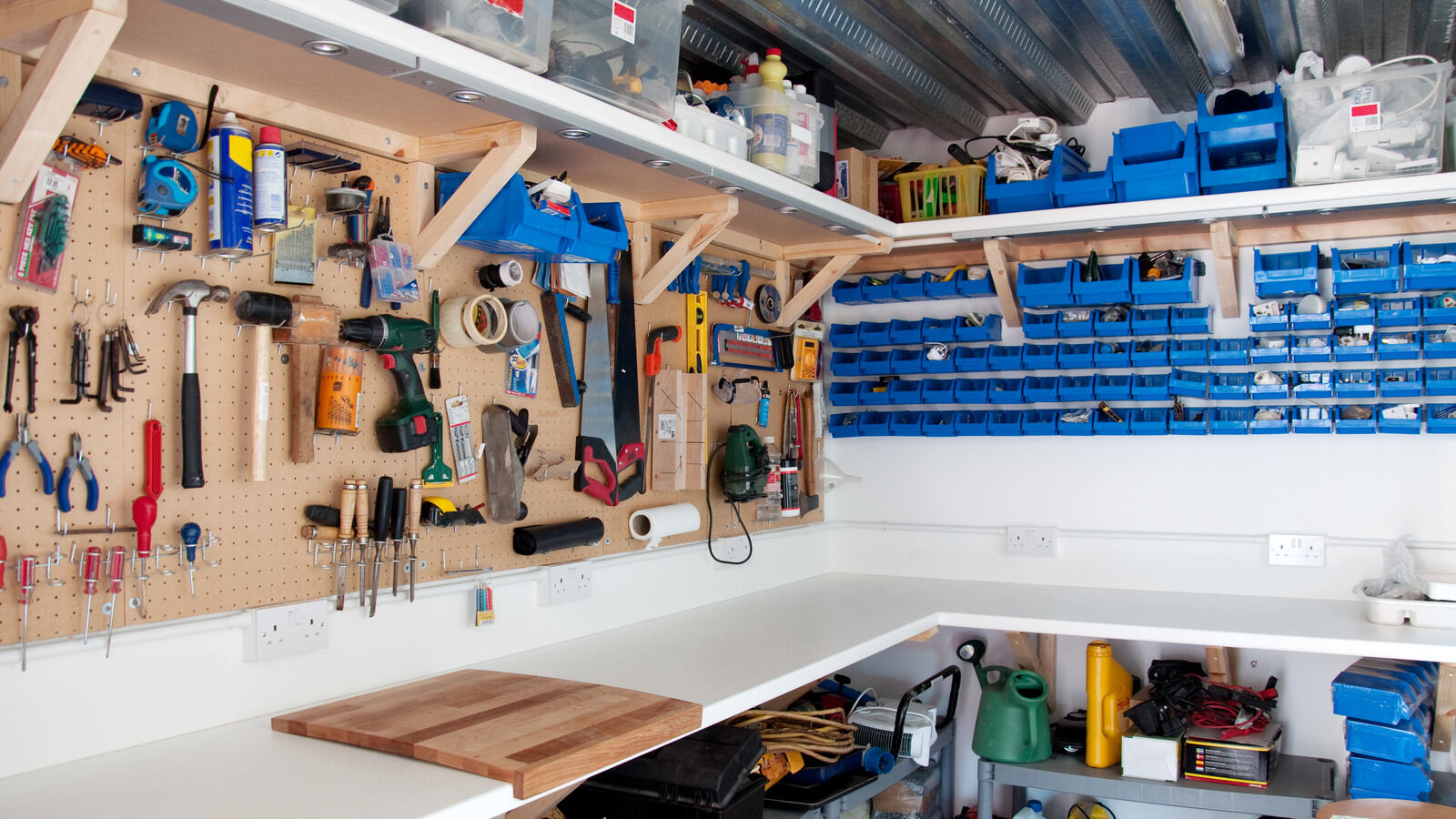

Articles
How To Store Tools In Garage
Modified: October 20, 2024
Learn effective tips and strategies for storing your tools in the garage with our informative articles. Maximize space and keep your tools organized!
(Many of the links in this article redirect to a specific reviewed product. Your purchase of these products through affiliate links helps to generate commission for Storables.com, at no extra cost. Learn more)
Introduction
Having a well-organized garage is essential for any homeowner, especially when it comes to storing and accessing various tools. A cluttered and disorganized garage not only makes it difficult to find the tools you need, but it also increases the risk of accidents and damage to your valuable equipment. That’s why it’s important to have a systematic approach to storing tools in your garage.
In this article, we will provide you with practical tips and strategies to help you store your tools efficiently and effectively in your garage. By following these guidelines, you can create a clean and organized space that allows for easy access to your tools whenever you need them. Let’s dive in!
Key Takeaways:
- Efficient tool storage in the garage begins with assessing space, decluttering, and establishing zones for different types of tools. Utilize wall space, shelves, and cabinets to create an organized and accessible workspace.
- Properly organizing and maintaining small tools and accessories, utilizing ceiling space for storage, and labeling tool storage are essential for a well-organized and efficient garage. Create a dedicated workbench area for centralized DIY projects and repairs.
Read more: How To Store Chainsaws In Garage
Assessing Your Garage Space
Before you begin organizing your tools, it’s important to assess the available space in your garage. This will help you determine how much storage you need and what types of storage solutions will work best for your specific situation.
Start by measuring the dimensions of your garage, including the height, width, and depth. Take note of any obstacles such as light fixtures, outlets, and doors that could affect your storage layout. It’s also helpful to make a rough sketch or floor plan of your garage to visualize the space and plan accordingly.
Next, consider the layout and purpose of your garage. Will it primarily be used for parking vehicles? Do you plan on setting up a workbench or DIY workshop area? Understanding how you will use your garage will influence the placement and organization of your tools.
Take a look at the current state of your garage. Is it cluttered with unnecessary items or are there items that can be moved to create more space? Decluttering your garage can help create a more functional and efficient space for tool storage.
Lastly, consider the climate and conditions of your garage. If you live in an area with extreme temperatures or high humidity, it’s important to choose storage solutions that can withstand these conditions and protect your tools from damage.
By taking the time to assess your garage space, you can create a plan that maximizes storage capacity and ensures easy access to your tools. This will set the foundation for an organized and efficient tool storage system in your garage.
Sorting and Decluttering Tools
Before you start storing your tools, it’s essential to go through a sorting and decluttering process. This step will help you get rid of any tools that are no longer needed or in disrepair, making more space for the tools that you actually use.
Begin by gathering all your tools in one central area. This includes everything from hand tools and power tools to gardening equipment and sports gear. As you go through each item, ask yourself if you have used it within the past year. If not, consider donating or selling it.
Once you’ve sorted through your tools, it’s time to assess their condition. Inspect each tool for any signs of damage or wear. If a tool is broken or beyond repair, dispose of it properly. For tools that need repairs, set them aside in a designated area to be fixed or serviced before storing them.
Next, evaluate the functionality and efficiency of your tools. Are there any tools that could be replaced by newer, more advanced models? Consider upgrading tools that are outdated or no longer meet your needs. This can help improve your overall tool collection and make your tasks easier and more efficient.
After decluttering, sort your tools into categories based on their functions. This will make it easier to create designated storage areas later on. Some common categories may include hand tools, power tools, gardening equipment, automotive tools, and specialty tools.
Once you have sorted your tools, you may find that you still have a significant number of items to store. This is the perfect time to assess your storage needs and make a list of items you may need to purchase, such as cabinets, shelves, or wall-mounted storage systems.
Sorting and decluttering your tools is a crucial step in the organization process. By getting rid of unnecessary items and identifying the tools you actually need, you can streamline your tool storage and create a more efficient and functional garage space.
Establishing Zones for Different Tools
To maximize the efficiency of your tool storage, it’s important to establish different zones in your garage for different types of tools. This will help you keep your tools organized and easily accessible, saving you time and effort when you need to find a specific tool.
Start by considering the different categories of tools you have, such as hand tools, power tools, gardening tools, and automotive tools. Each category should have its own designated zone in your garage.
Assigning zones for different tools allows you to keep similar items together, making it easier to find what you need. For example, you could have a workbench area for hand tools, a wall with power tool storage, a corner for gardening tools, and a specific section for automotive tools.
When setting up these zones, consider the frequency of use for each category of tools. Place the most frequently used tools in easily accessible areas, while keeping the less frequently used ones further away or at higher shelves or cabinets.
Another factor to consider when establishing zones is the size and weight of the tools. Heavier tools, such as power tools and automotive equipment, should be stored at waist level or lower to reduce the risk of injury when lifting or accessing them. Lighter tools, such as hand tools, can be stored at higher shelves or pegboards.
Additionally, consider the specific needs and requirements of certain tools. For example, gardening tools may need a designated area with hooks or hangers to hang them up, while power tools may require storage that provides easy access to power outlets.
To keep your zones organized, consider labeling each area with clear and visible signage. This will help you and others easily identify where each tool belongs, preventing confusion and ensuring that the tools are always returned to their proper places.
By establishing zones for different types of tools, you can create an organized and efficient system that makes it easy to locate and access the tools you need when you need them. It also helps maintain a clean and tidy garage environment, making your projects more enjoyable and stress-free.
Utilizing Wall Space for Tool Storage
When it comes to maximizing storage in your garage, utilizing wall space is a smart and efficient solution. Walls provide a vertical storage option that keeps your tools easily accessible and frees up valuable floor space. Here are some ideas for utilizing wall space for tool storage:
1. Pegboards: Installing a pegboard on your garage walls is an excellent way to store and display your hand tools. The holes on the pegboard allow you to hang tools using hooks and holders, keeping them within reach and organized. Arrange your tools logically, grouping similar items together, and use outlines or labels to indicate where each tool belongs.
2. Wall-mounted cabinets: Wall-mounted cabinets provide a clean and secure space for storing power tools, smaller hand tools, and accessories. Choose cabinets with adjustable shelves to accommodate tools of various sizes. By keeping your tools in cabinets, you protect them from dust and damage while also keeping them easily accessible.
3. Magnetic tool holders: Magnetic tool holders are a versatile and space-saving option for storing metal tools such as wrenches, screwdrivers, and pliers. Simply mount magnetic strips on the wall and attach your tools to them. Not only does this keep your tools organized, but it also allows you to easily see and choose the tool you need.
4. Shelving units: Utilize wall-mounted shelving units to store larger and heavier tools, containers, and bins. Adjustable shelves come in handy as you can customize them to accommodate tools of different sizes. Be sure to secure the shelves properly to the wall to ensure stability.
5. Vertical racks or hooks: Install vertical racks or hooks on your garage walls to store long-handled tools such as shovels, rakes, and brooms. This helps to keep them upright and prevents them from taking up valuable floor space. You can also use hooks to hang bicycles, ladders, and other bulky items.
6. Slatwall systems: Slatwall panels are an excellent solution for organizing and storing a variety of tools. These panels have grooves that allow you to attach hooks, shelves, and other storage accessories. Slatwall systems offer flexibility, as you can easily rearrange or add components as your tool collection grows.
Remember to arrange your tools in a way that suits your workflow and accessibility. Place frequently used tools within easy reach and less frequently used ones at higher or lower levels.
By utilizing wall space for tool storage, you not only keep your tools organized but also create a safer and more efficient workspace. With everything in its designated place, you can quickly find the tool you need and complete your tasks without wasting time searching for misplaced items.
Read more: How To Store Gas In Garage
Installing Shelves and Cabinets
Installing shelves and cabinets in your garage is a great way to optimize storage space and keep your tools organized. Here are some tips to help you make the most of your shelves and cabinets:
1. Plan the layout: Before installing shelves and cabinets, carefully plan the layout to ensure optimal use of space. Consider the size and quantity of the items you need to store and determine the appropriate heights and depths for your shelves and cabinets. Take into account any obstacles such as light fixtures or outlets, and ensure easy access to the items you use most frequently.
2. Choose sturdy and durable materials: Select shelves and cabinets made of sturdy and durable materials that can withstand the weight of your tools and equipment. Metal or heavy-duty plastic shelving units are ideal for storing heavy items, while wood or composite materials are suitable for lighter tools and accessories. Make sure the shelves and cabinets are properly secured to the wall to prevent accidents or damage.
3. Adjustable shelves: Opt for shelves that are adjustable in height to accommodate tools and items of various sizes. This flexibility allows you to customize the storage space based on your specific needs. Adjustable shelves also make it easier to reorganize and rearrange your storage as your tool collection evolves.
4. Consider cabinet doors: If you prefer a cleaner and more streamlined look, consider installing cabinets with doors. Cabinets with doors help keep dust and dirt off your tools and provide a neat and tidy appearance. Additionally, cabinet doors can be locked, providing extra security for valuable or dangerous tools.
5. Label and categorize: Once you have installed shelves and cabinets, label the different sections or shelves to clearly indicate what should be stored in each area. Use labels or tags to identify the contents of containers or bins. Categorize your tools based on their functions to make it easier to locate items when needed.
6. Utilize the full height of the space: Take advantage of the full height of your garage by installing tall shelves or cabinets. This maximizes vertical space and provides additional storage capacity. For safety, store heavier items on the lower shelves and lighter ones on the upper shelves.
7. Utilize the inside of cabinet doors: To make even more use of your storage, consider attaching hooks or small bins to the inside of cabinet doors. This provides a space to hang smaller tools, measuring tapes, or other accessories, keeping them easily accessible and organized.
Remember to regularly declutter and reorganize your shelves and cabinets to maintain an efficient storage system. Regularly reevaluate your storage needs and make adjustments as necessary.
By installing shelves and cabinets in your garage, you can create a functional and organized space for your tools. This not only makes it easier to find and access your tools but also helps protect them from damage and prolongs their lifespan.
Use pegboards or wall-mounted racks to hang tools for easy access and to save space. Keep frequently used tools within reach and store lesser used ones in labeled bins or drawers.
Creating a Workbench Area
A dedicated workbench area in your garage provides a central space for various DIY projects and repairs. It offers a designated area where you can work on your tools and projects, keeping everything organized and easily accessible. Here are some tips for creating an efficient and functional workbench area:
1. Choose the right location: Select a location in your garage that offers sufficient space for your workbench and allows for comfortable movement around it. Consider factors such as lighting, power outlets, and proximity to other tools and storage areas. If possible, position your workbench near a window or install additional lighting to ensure adequate visibility.
2. Determine the size and layout: Assess the size of the projects you typically work on and the tools and equipment you need to accommodate. This will help you determine the appropriate size and dimensions for your workbench. Consider the height of the work surface as well, ensuring it is comfortable for your height and allows for proper posture during extended periods of work.
3. Use a sturdy and durable workbench: Invest in a high-quality workbench that can handle the weight and demands of your projects. Look for a workbench made of heavy-duty materials such as hardwood or steel. Ensure that it has a strong and stable construction to provide a secure and reliable surface for your work.
4. Organize tools and supplies: Keep your most frequently used tools and supplies within arm’s reach of your workbench. Consider installing a pegboard or a tool rack on the wall above your workbench for easy access. Use drawers, shelves, or tool chests to store less frequently used tools and supplies.
5. Incorporate storage solutions: Include storage solutions within your workbench area to keep your workspace clear and clutter-free. Consider adding drawers, cabinets, or bins to store small parts, fasteners, and accessories. This will help you stay organized and avoid losing or misplacing important components.
6. Install a power strip or outlets: Ensure that you have easy access to power by installing a power strip or additional outlets near your workbench. This will allow you to plug in and power your tools and equipment without the hassle of extension cords.
7. Personalize your workbench: Make your workbench area more functional and personalized by adding a pegboard for hanging tools, a task light for additional illumination, or a surface-mounted vise for secure workholding. Customize the area to suit your specific needs and preferences.
By creating a dedicated workbench area, you establish a designated space for projects, repairs, and maintenance tasks. This enhances your efficiency and productivity by keeping your tools and supplies organized and readily available. It also provides a clean and comfortable workspace, ensuring a pleasant and enjoyable DIY experience in your garage.
Utilizing Ceiling Space for Storage
When it comes to maximizing storage in your garage, don’t forget to look up – the ceiling space can be a valuable area for storing tools and equipment. Here are some tips for effectively utilizing the ceiling space for storage:
1. Overhead racks: Install overhead racks on your garage ceiling to store items that are used less frequently or are bulkier in size. These racks are typically made of metal or strong plastic, and they provide a sturdy platform for storing items such as seasonal decorations, camping gear, or large bins. Make use of the vertical space by adjusting the height of the racks to suit your needs.
2. Hanging shelves: Consider using hanging shelves or platforms for storing lighter items such as boxes or bins. These shelves are suspended from the ceiling with the help of hooks and cables. They are a convenient way to store items that you don’t frequently use but still need to keep accessible.
3. Hooks and hanging organizers: Hang hooks from the ceiling to store bicycles, ladders, or other bulky items. You can also use hanging organizers with multiple pockets to store smaller tools, accessories, or gardening supplies. These organizers help to keep items off the floor and create more open space in your garage.
4. Pully systems: For heavier or bulkier items that need to be stored overhead, consider using pully systems. These systems allow you to easily raise and lower objects like bicycles or storage containers, making it convenient to access them when needed. Be sure to properly secure the pully system to ensure safety and prevent accidents.
5. Be mindful of vehicle clearance: When utilizing ceiling space for storage, be aware of the clearance needed for your vehicles. Measure the height of your vehicles and leave enough space between the stored items and the ground to avoid any potential damage. Also, make sure to position stored items away from where you park your vehicles to avoid any chances of them falling or causing damage.
6. Properly label and organize: As with any storage area, it’s crucial to label and organize your items on the ceiling. Use clear bins or labels to easily identify what is stored above. Create categories and group similar items together to make it easier to locate and retrieve what you need.
Remember to use appropriate safety measures when utilizing ceiling space for storage. Ensure that items are properly secured overhead and that the storage systems are installed correctly to avoid accidents or damage.
By utilizing your garage’s ceiling space for storage, you can free up valuable floor and wall space, making your garage more organized and functional. It allows you to store items that are not frequently accessed, keeping them out of the way while still being easily retrievable when needed. With a well-utilized ceiling, you can efficiently optimize and declutter your garage space.
Properly Organizing Small Tools and Accessories
Small tools and accessories can easily get lost or misplaced in a garage if not properly organized. Keeping these items organized not only saves you time and frustration but also helps prolong their lifespan. Here are some tips for effectively organizing small tools and accessories in your garage:
1. Use compartmentalized storage containers: Invest in storage containers with various-sized compartments to keep small tools and accessories organized. These containers are available in different materials such as plastic or metal and come in various configurations to suit your needs. Use separate compartments for different types of tools or accessories to make it easy to find what you need.
2. Drawer organizers: Utilize drawer organizers to keep small tools neatly arranged. These organizers divide drawers into sections, allowing you to store different types of tools separately. Consider using foam inserts that are customized to the shapes of your tools for added protection and stability.
3. Magnetic strips and trays: Install magnetic strips on the walls of your garage or inside cabinets to hold and organize metallic tools and accessories. Magnetic strips and trays keep your tools visible and readily accessible. You can also use magnetic strips to keep small metal items such as screws or nails organized.
4. Magnetic tool holders: Magnetic tool holders are a practical solution for organizing small tools such as screwdrivers, wrenches, or pliers. Install these holders on the walls or underneath shelves to keep your tools within reach and prevent them from getting lost.
5. Label and categorize: Labeling is essential for easily identifying and locating small tools and accessories. Use labels or markers to clearly indicate the contents of storage containers, drawers, or shelves. Categorize your tools based on their function or type, making it easier to find specific tools when needed.
6. Wall-mounted storage solutions: Install wall-mounted storage solutions such as pegboards, hooks, or racks to hold small tools and accessories. Hang frequently used tools in visible areas, and arrange them logically based on size or function. This not only keeps your tools organized but also creates additional space in your garage.
7. Portable toolboxes or carry cases: For small tools and accessories that you frequently use on the go or for specific projects, consider using portable toolboxes or carry cases. These allow you to conveniently store and transport your tools while keeping them organized and protected. Look for toolboxes with compartments and dividers to keep items sorted.
8. Regular maintenance and cleaning: Regularly clean and maintain your small tools to ensure their longevity and functionality. Remove dirt, debris, and rust from metal tools, and lubricate any moving parts. Properly storing and organizing your tools not only facilitates cleaning but also prevents damage caused by improper storage.
By organizing your small tools and accessories, you create a more efficient and functional workspace. You can quickly locate and retrieve the tools you need, saving time and reducing frustration. Additionally, proper organization ensures that your tools are protected and well-maintained, extending their lifespan and preventing unnecessary wear and tear.
Read more: How To Store Wood In Garage
Labeling and Maintaining Tool Storage
Labeling and maintaining your tool storage is essential for creating a well-organized garage and ensuring that your tools are easily accessible when you need them. Here are some tips for effectively labeling and maintaining your tool storage:
1. Clear and visible labels: Use clear and visible labels to identify the contents of storage containers, drawers, shelves, cabinets, or pegboards. Write or print labels that are large enough to read from a distance. Consider using color-coded labels or different colored tags for different categories of tools, making it even easier to locate specific items.
2. Categorize and group tools: Organize your tools into categories based on their function, size, or frequency of use. Group similar tools together and allocate specific areas for each category. This helps create a logical organization system and makes it quicker to find the tools you need.
3. Consistent labeling system: Establish a consistent labeling system throughout your garage. Use the same style, font, and color scheme for all labels to maintain uniformity. This not only improves the visual aesthetics but also creates a cohesive and easily recognizable storage system.
4. Maintain order and cleanliness: Regularly clean and tidy your tool storage areas to maintain order. Remove any dust, debris, or clutter that may accumulate over time. Periodically reassess and reorganize your tools, ensuring that they are returned to their designated places after each use.
5. Inventory and tool tracking: Maintain an inventory catalogue of your tools and equipment. This can be a physical notebook or a digital spreadsheet. Keep track of the tools you have, their locations, and any relevant details such as purchase dates or warranty information. This helps you stay organized and know when tools are missing or need to be replaced.
6. Preventative maintenance: Regularly inspect your tools for any signs of damage or wear. Clean and lubricate tools as required to ensure optimal performance and longevity. Store them properly, avoiding exposure to moisture, extreme temperatures, or direct sunlight, which can cause deterioration or damage.
7. Establish tool return protocols: If you share your garage space with other household members or colleagues, establish clear protocols for returning tools to their proper places. Encourage everyone to follow the labeling and storage system to maintain order and avoid misplaced tools.
8. Regular maintenance schedule: Create a regular maintenance schedule for your tool storage areas. Set aside time periodically to reassess and organize your tools, clean the storage containers or shelves, and update labels or inventory records. This routine maintenance helps keep your garage organized and ensures that your tools are always ready for use.
By labeling and maintaining your tool storage, you create an efficient and accessible system. You no longer waste time searching for tools or dealing with disorganized spaces. It also promotes a sense of pride in your garage, making it a functional and inviting workspace.
Conclusion
Organizing and storing tools in your garage is crucial for maintaining a functional and efficient workspace. By following the tips and strategies outlined in this article, you can create a well-organized garage that optimizes storage space and makes it easy to locate and access your tools whenever you need them.
From assessing your garage space and decluttering your tools to establishing zones and utilizing various storage solutions, every step plays a vital role in creating a clean and organized environment. Sorting and categorizing your tools, utilizing wall space and ceilings for storage, and properly labeling and maintaining your tool storage are essential for long-term organization and ease of use.
By dedicating specific areas for different types of tools and incorporating storage solutions such as shelves, cabinets, pegboards, and overhead racks, you can make the most of the available space in your garage. This allows for easy access to tools while keeping the workspace clutter-free.
Labeling tools and maintaining an inventory helps ensure that you can quickly locate the tools you need and keep track of your equipment. Regular maintenance of your tool storage areas, including cleaning, organizing, and checking for wear and tear, ensures that your tools remain in excellent condition for years to come.
Creating a dedicated workbench area provides a centralized space for DIY projects, repairs, and maintenance tasks, making it easier to focus and work efficiently.
In conclusion, an organized and well-maintained garage not only helps you save time and effort when finding tools but also promotes safety and enhances productivity. So, roll up your sleeves, assess your garage, implement the tips mentioned, and enjoy the benefits of a clean, organized, and functional workspace that makes your projects more enjoyable and efficient.
Now that you've got a solid grasp on setting up your garage, why stop there? Dive deeper into clever ways to organize your space with our guide on garage organization ideas you never thought of. For those looking to upgrade their setup in the coming year, don't miss our recommendations on best tool storage for 2024. If durability and style are your priorities, consider our review of best plastic garage storage cabinets to ensure your space stays both functional and tidy.
Frequently Asked Questions about How To Store Tools In Garage
Was this page helpful?
At Storables.com, we guarantee accurate and reliable information. Our content, validated by Expert Board Contributors, is crafted following stringent Editorial Policies. We're committed to providing you with well-researched, expert-backed insights for all your informational needs.
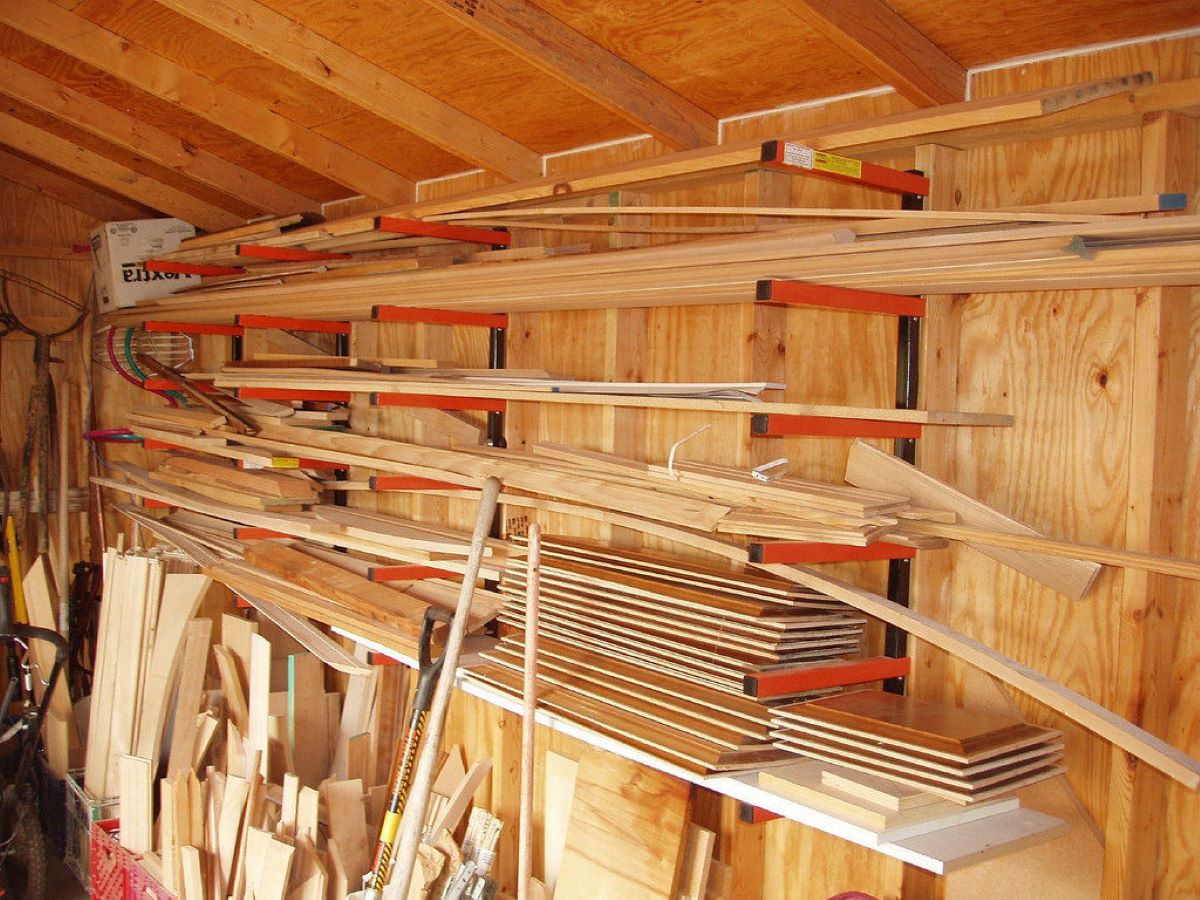
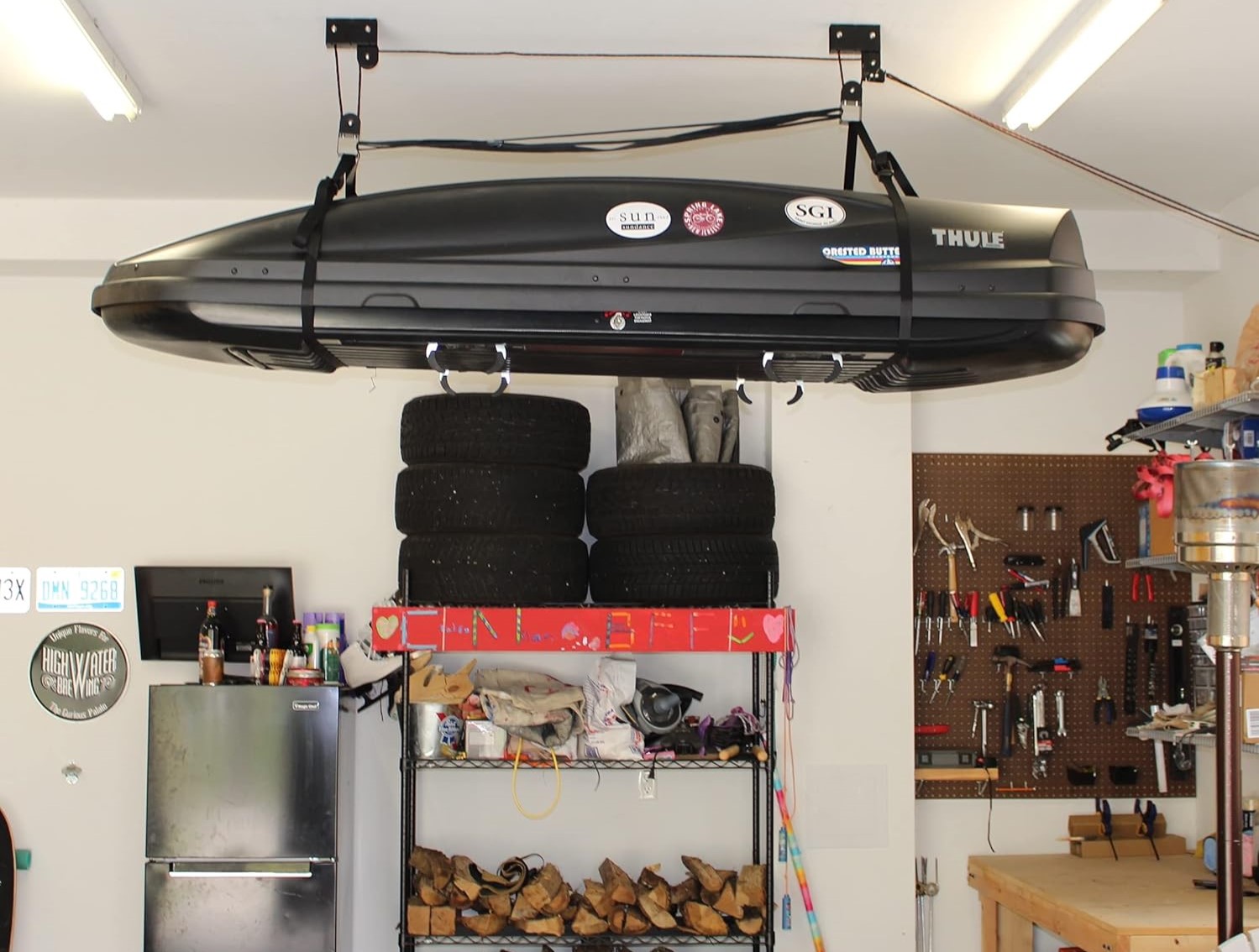
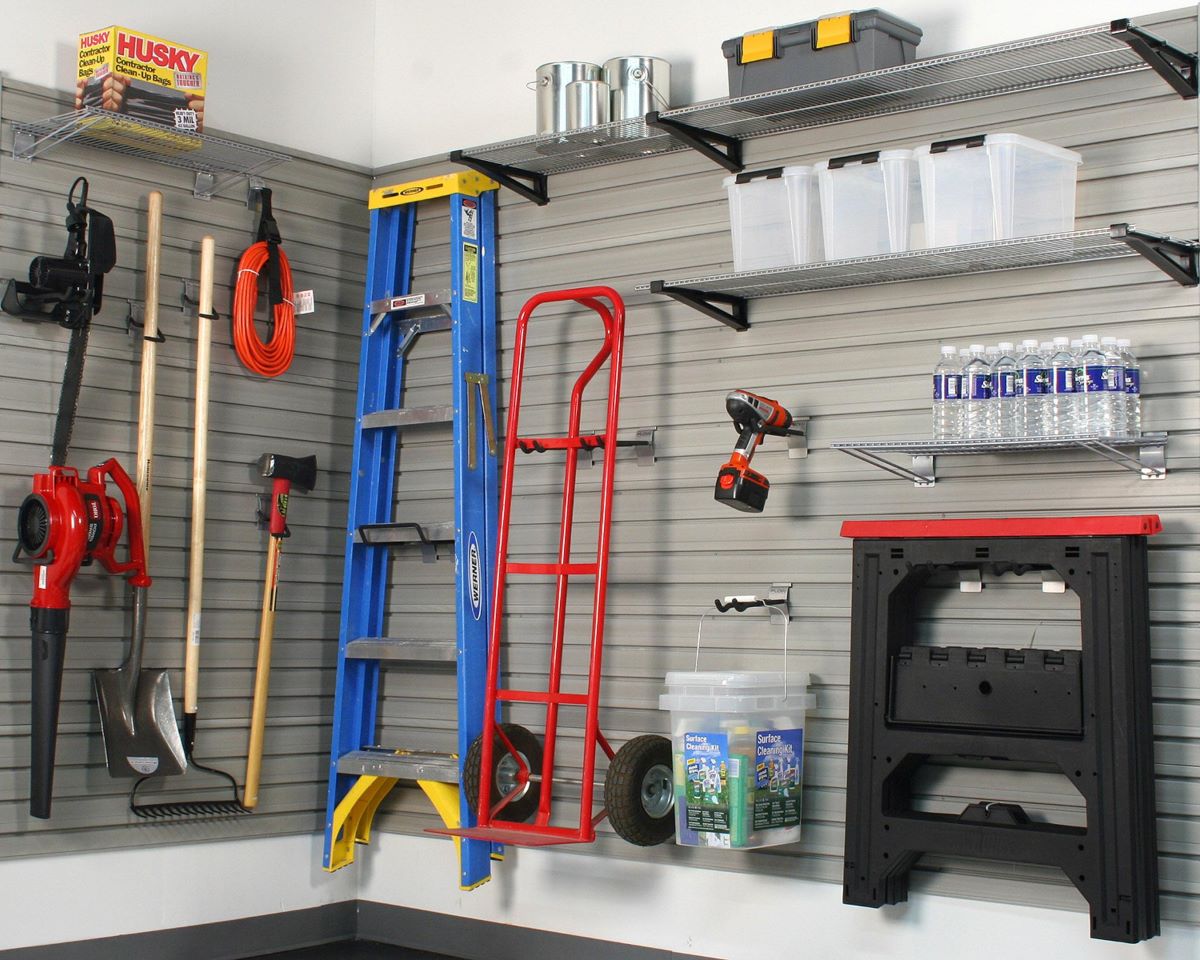
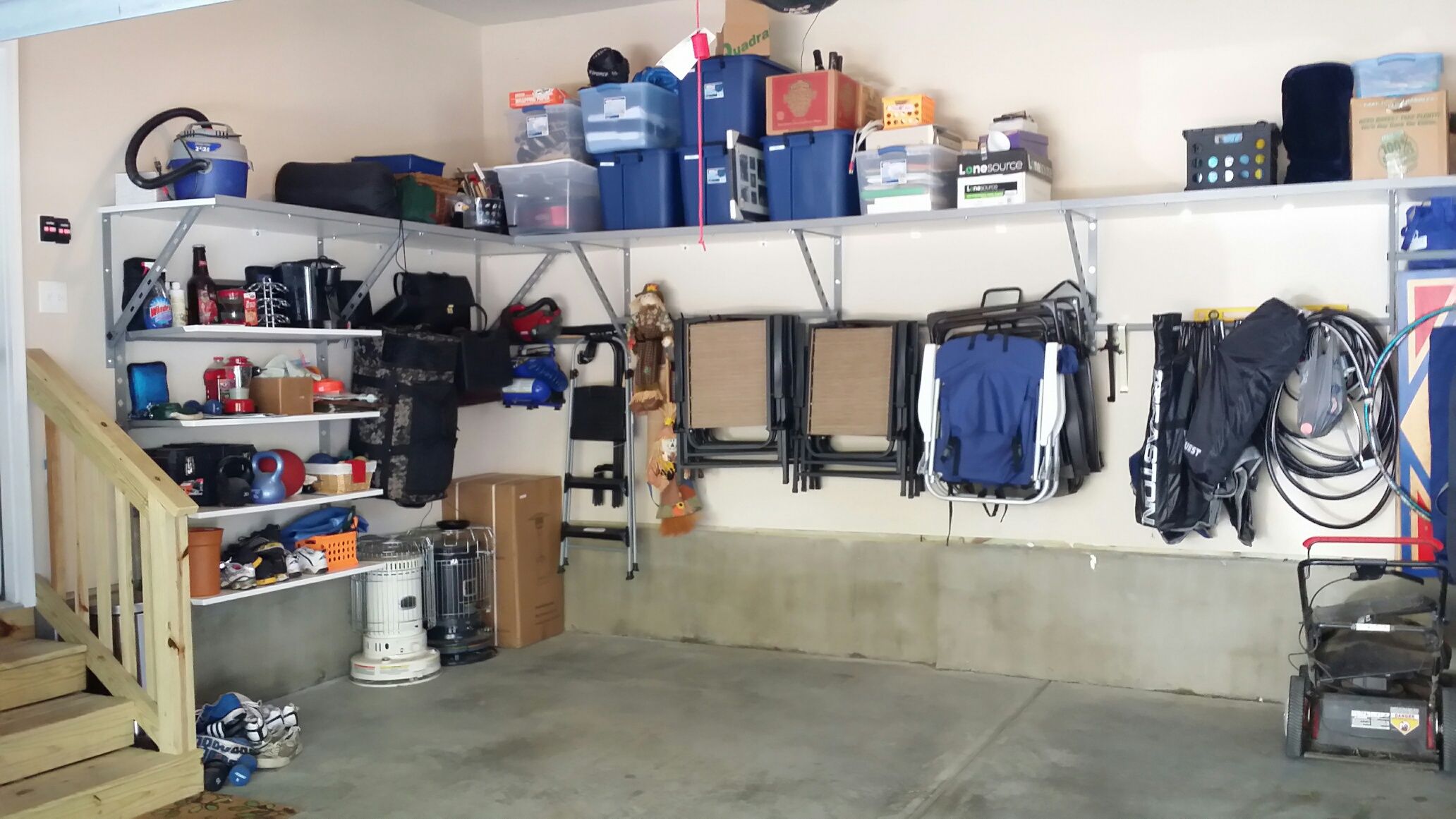
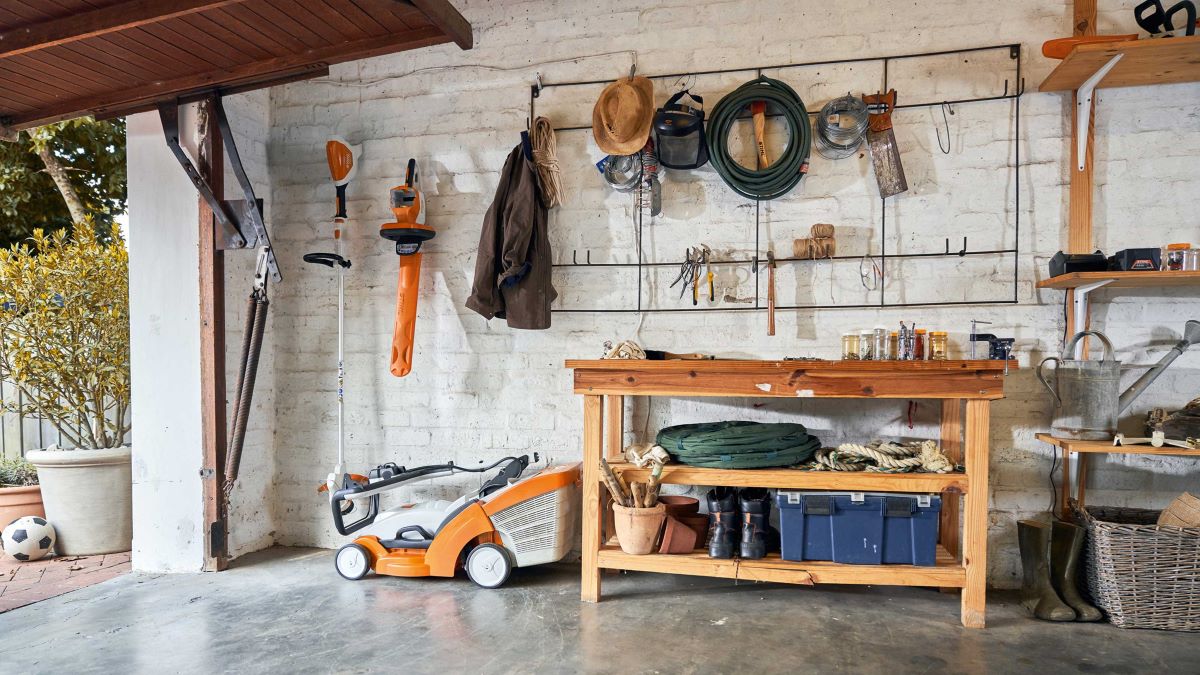
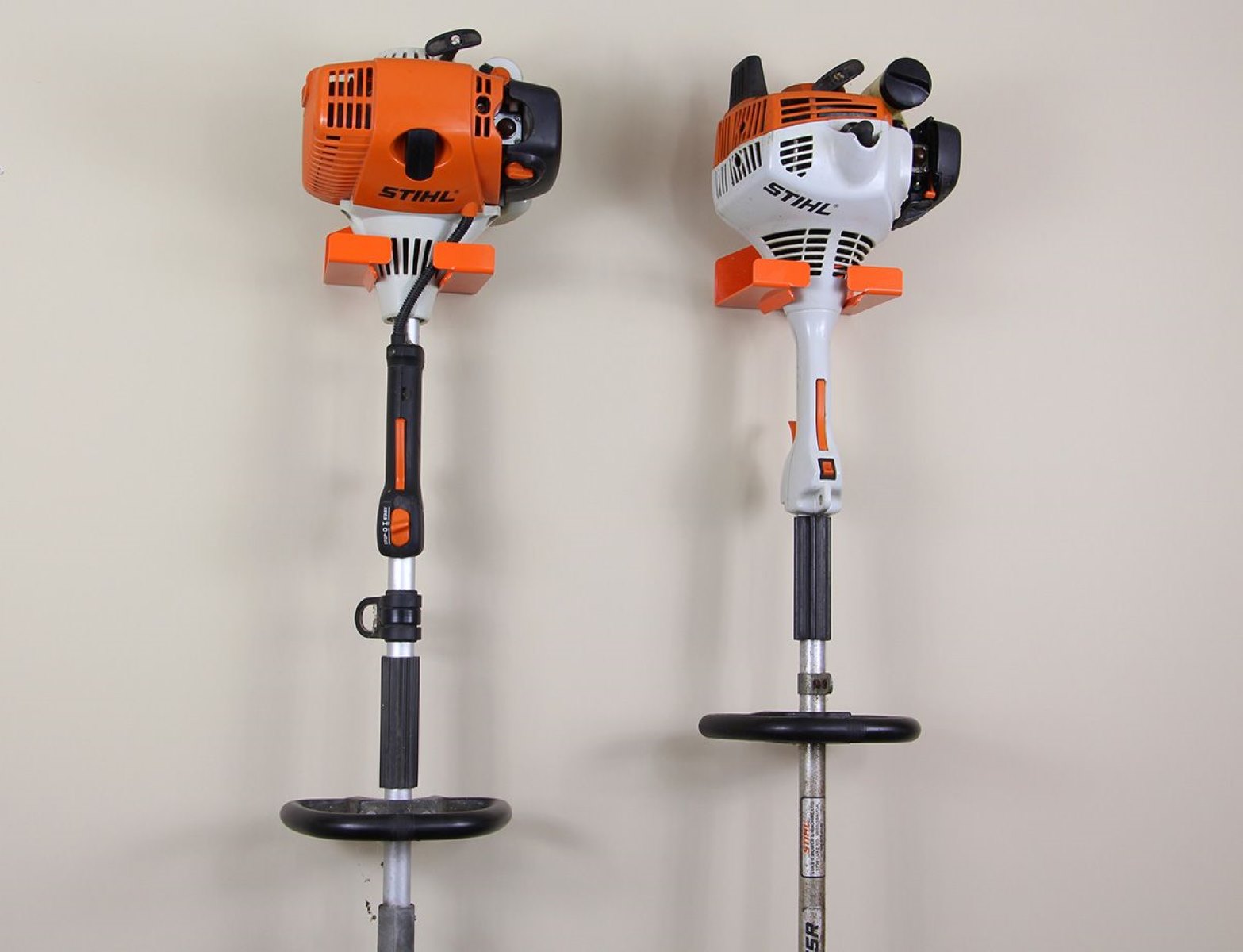
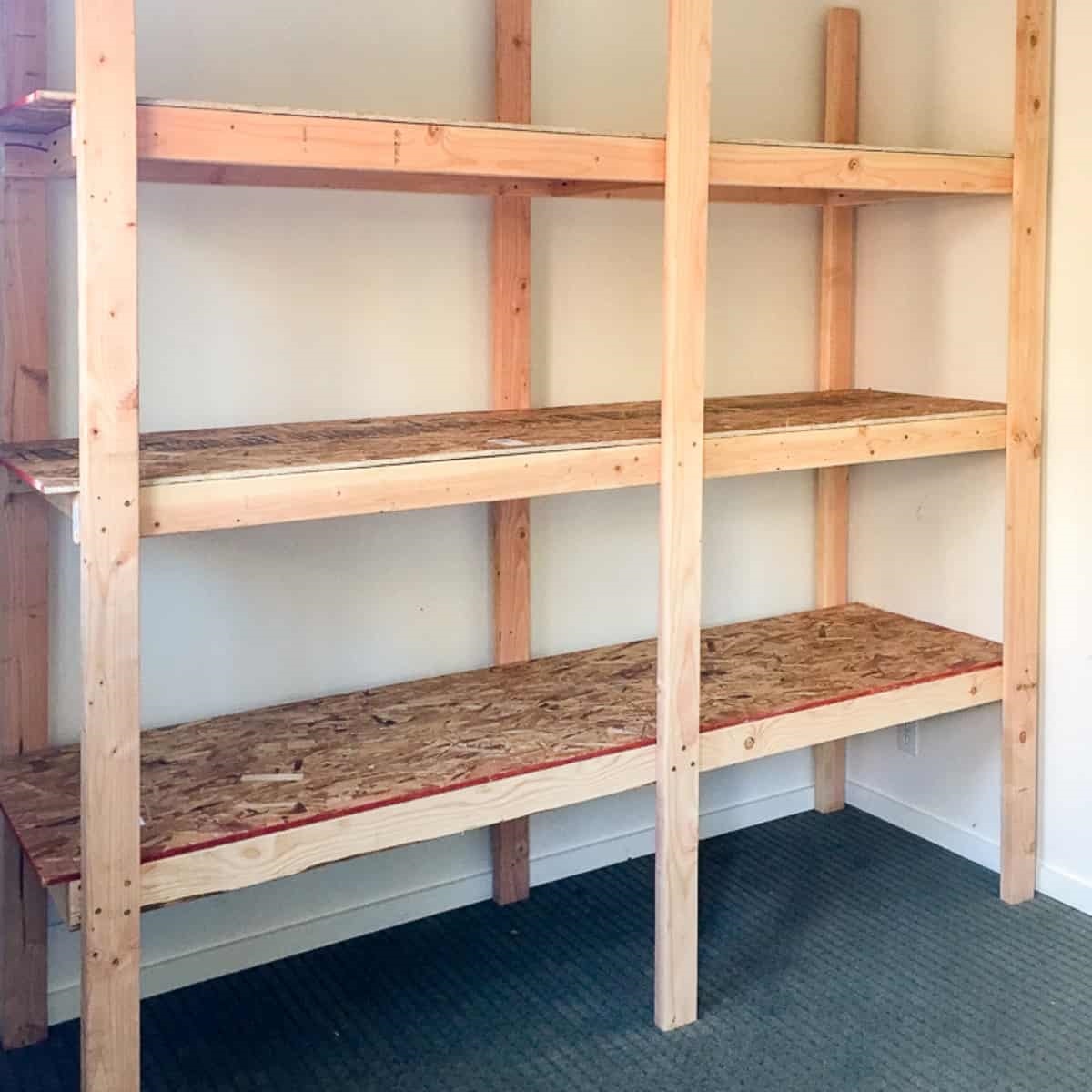
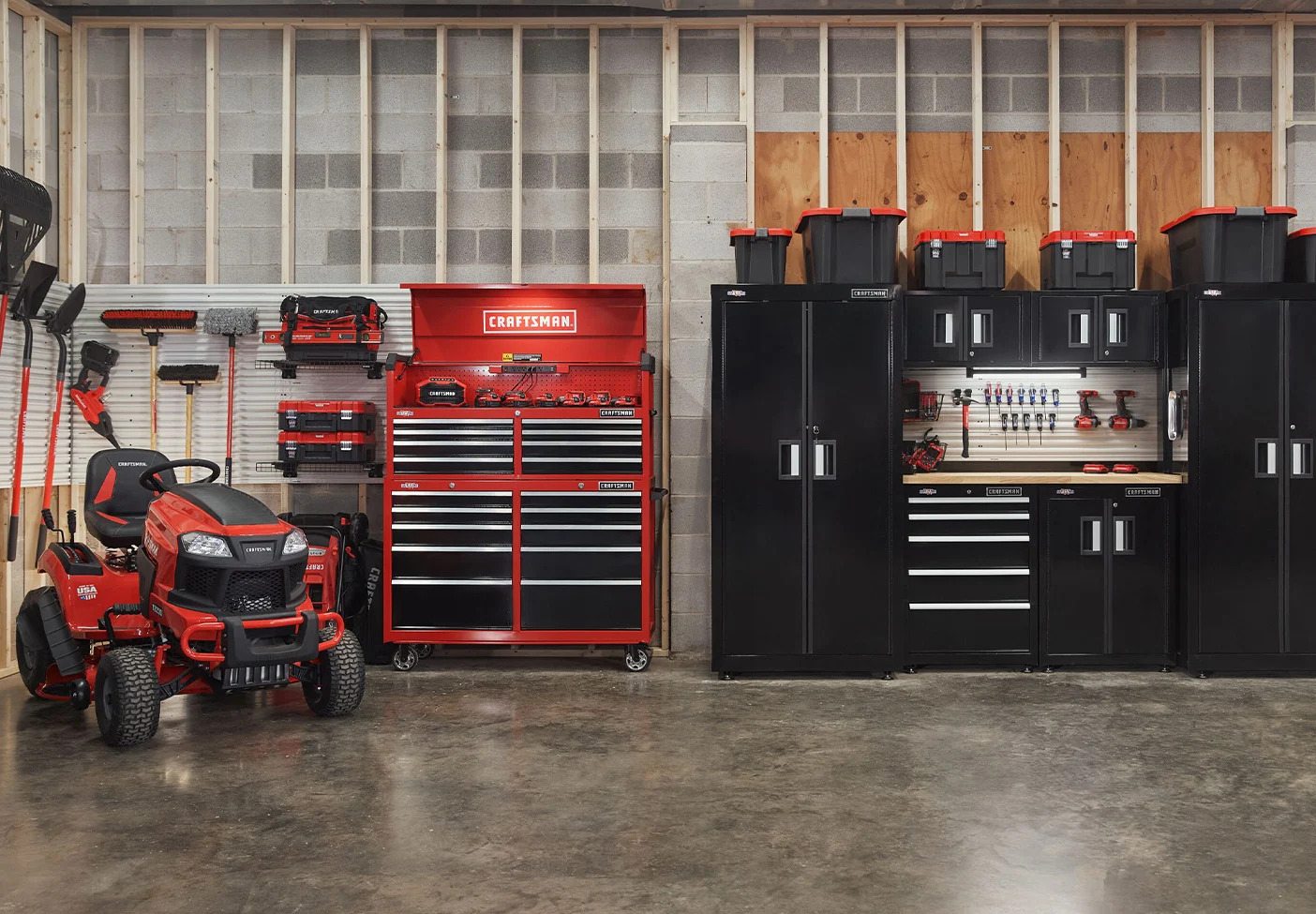

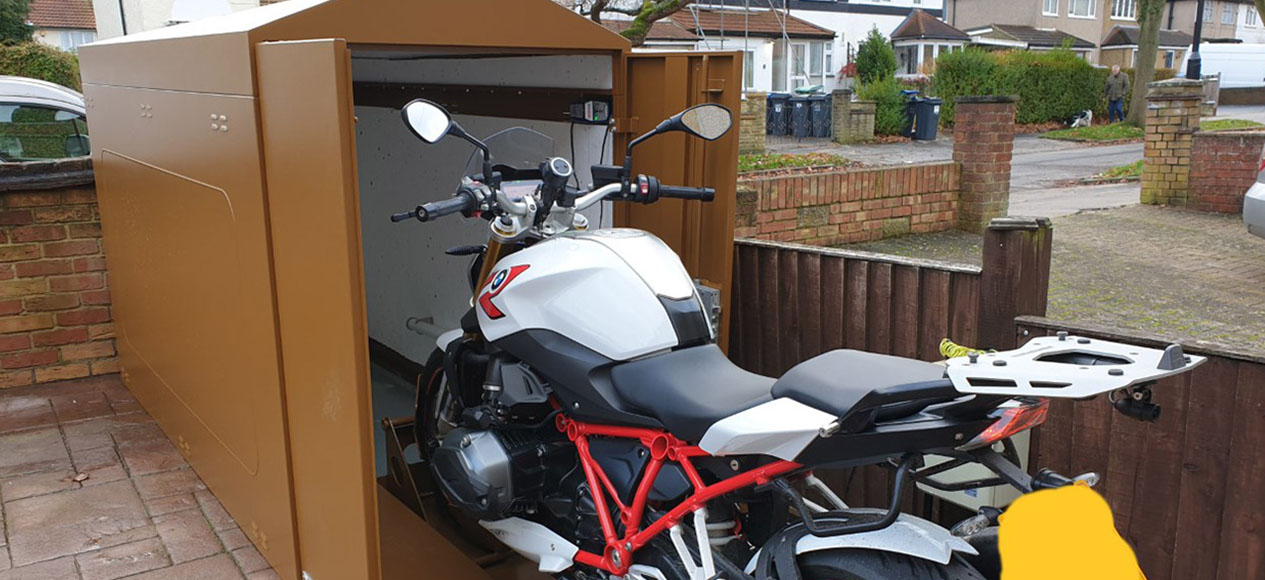
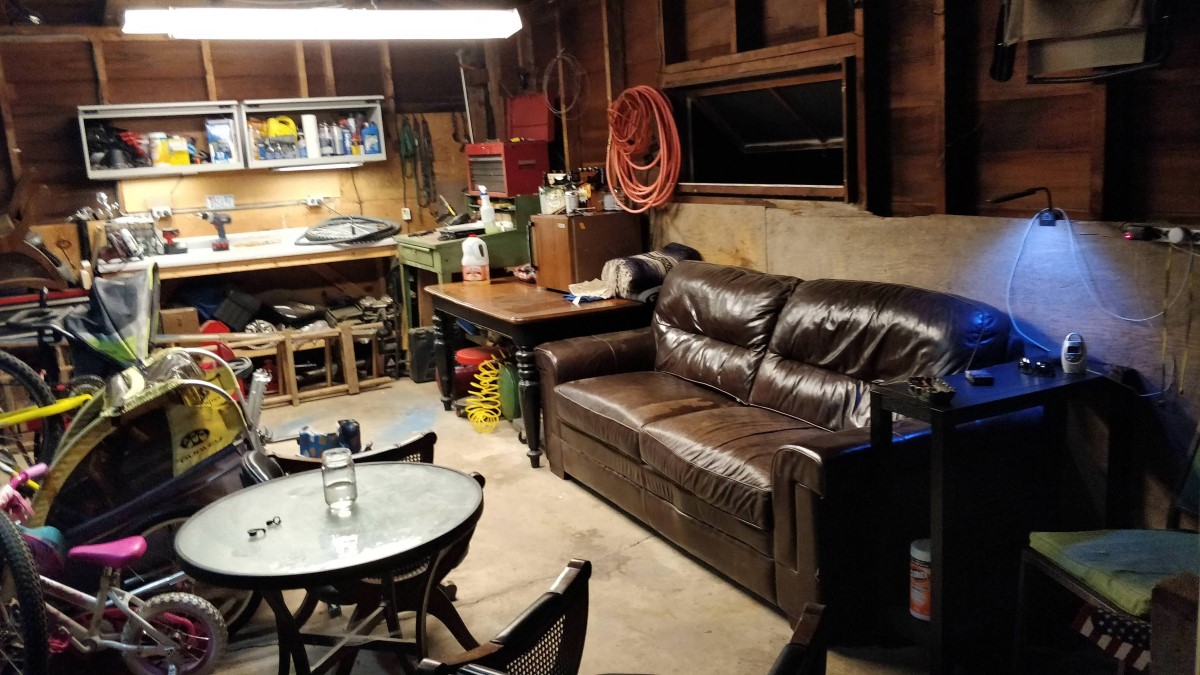
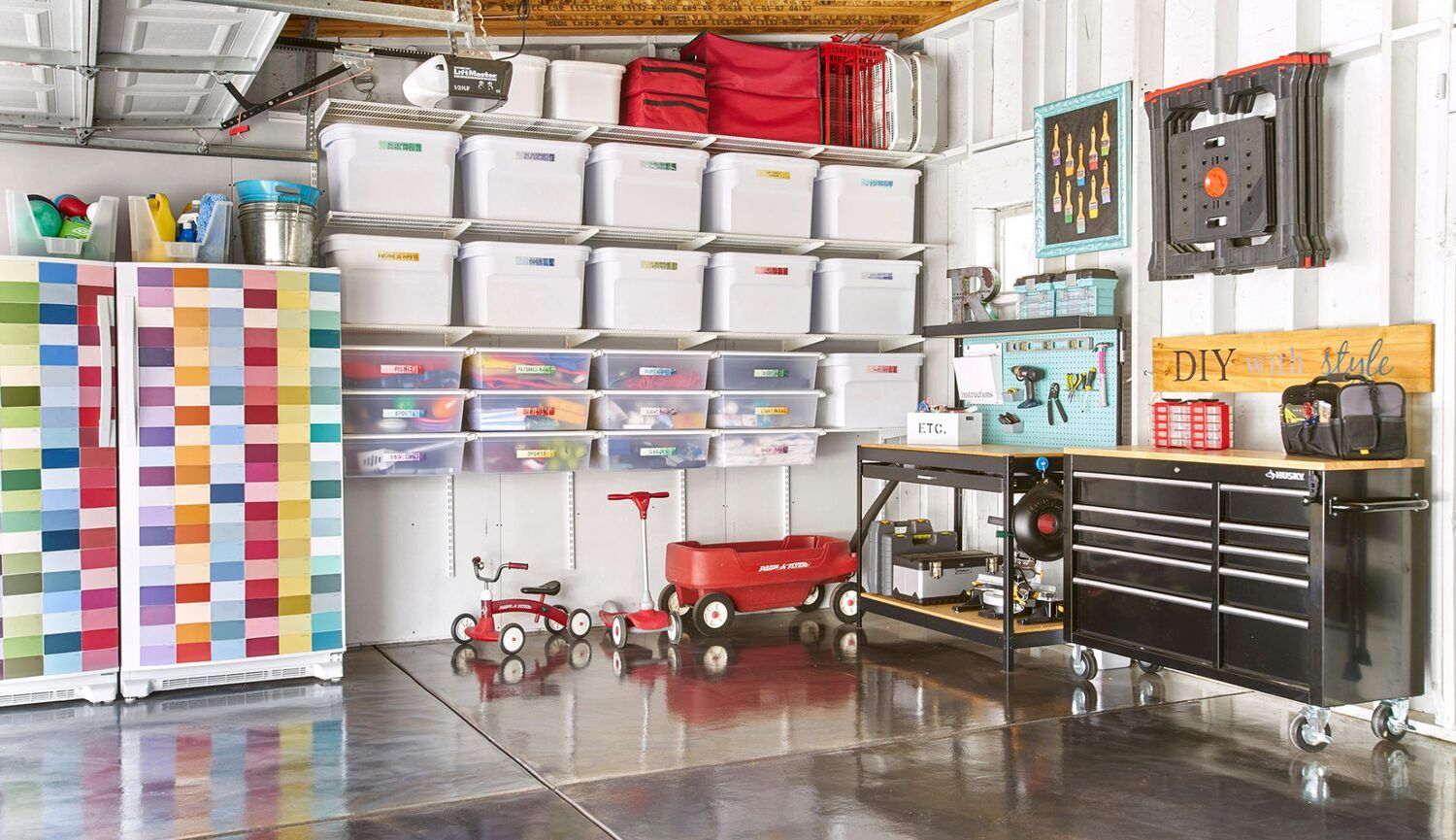
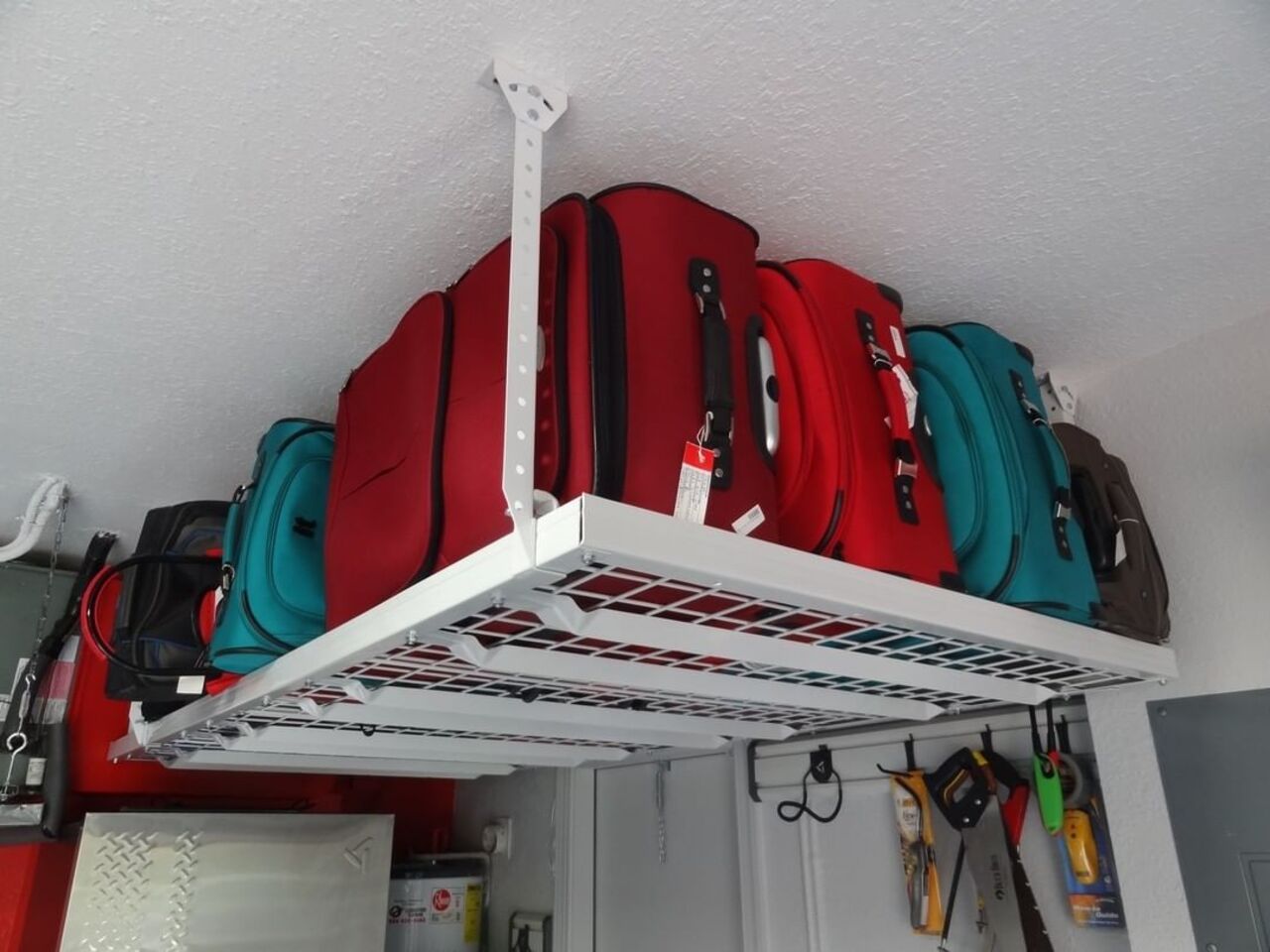

0 thoughts on “How To Store Tools In Garage”